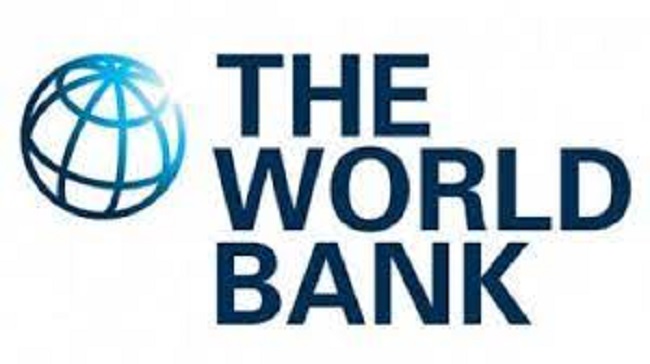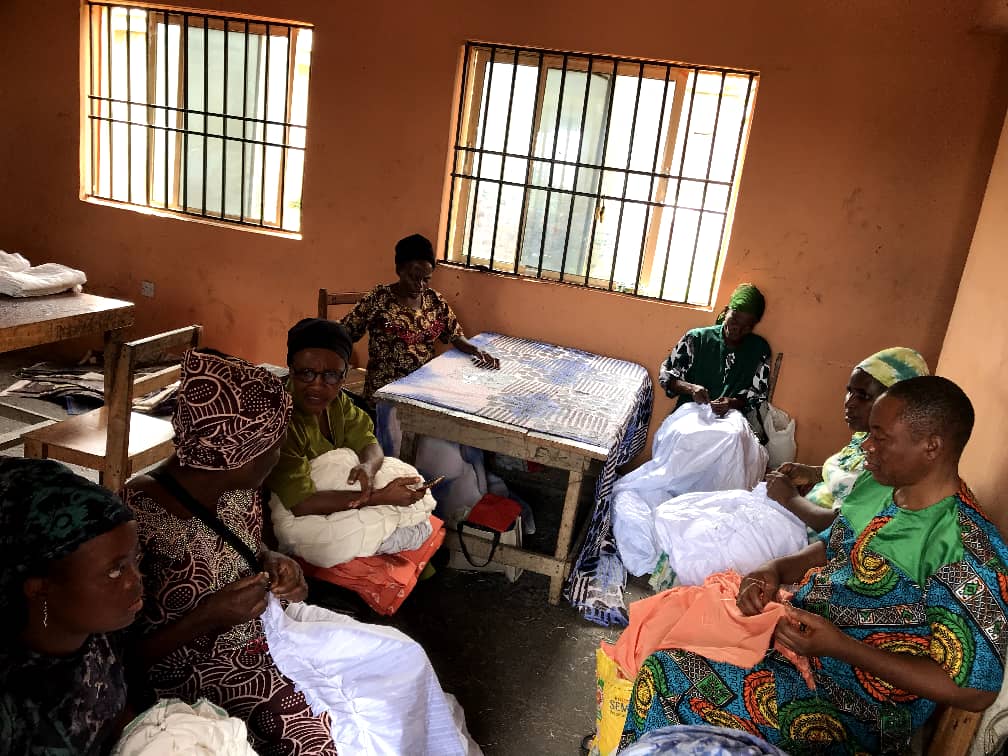Remittances to Nigeria, other Sub-Saharan African countries hit $53bn in 2022 ― World Bank
[ad_1]
Remittances to Sub-Saharan Africa, including Nigeria, the region most exposed to the effects of the global crisis, grew by an estimated 5.2 per cent to $53 billion in 2022, compared with 16.4 per cent last year due mainly to strong flows to Nigeria and Kenya.
This is contained in the latest Migration and Development Briefs prepared by the Migration and Remittances Unit, Development Economics (DEC) of the World Bank.
The brief aims to provide an update on key developments in the area of migration and remittance flows and related policies over the past six months, and also provides medium-term projections of remittance flows to developing countries.
According to the latest World Bank Migration and Development Brief, remittances to low and middle-income countries (LMICs) withstood global headwinds in 2022, growing by an estimated 5 per cent to $626 billion, sharply lower than the 10.2 per cent increase in 2021.
“Remittances to Sub-Saharan Africa, the region most highly exposed to the effects of the global crisis, grew an estimated 5.2% to $53 billion in 2022, compared with 16.4% last year (due mainly to strong flows to Nigeria and Kenya),” the report stated.
However, it pointed out that remittances in 2023 are projected to soften to 3.9 per cent growth as adverse conditions in the global environment and regional source countries persist.
“Remittances as a share of GDP are significant in the Gambia (28%), Lesotho (21%), and Comoros (20%)”, the report further said, stressing that “sending $200 to the region cost 7.8% on average in the second quarter of 2022, down from 8.7% a year ago. Remitting from countries in the least expensive corridors is on average 3.4% compared to 25.2% for the costliest corridors.”
The Migration and Development brief said “remittances are a vital source of household income for LMICs. They alleviate poverty, improve nutritional outcomes, and are associated with increased birth weight and higher school enrollment rates for children in disadvantaged households. Studies show that remittances help recipient households to build resilience, for example through financing better housing and to cope with the losses in the aftermath of disasters.”
According to the World Bank, remittance flows to developing regions were shaped by several factors in 2022, a reopening of host economies as the COVID-19 pandemic receded supported migrants’ employment and their ability to continue helping their families back home. Rising prices, on the other hand, adversely affected migrants’ real incomes.
The Bank noted that in countries that experienced scarcity of foreign exchange and multiple exchange rates, officially recorded remittance flows declined as flows shifted to alternative channels offering better rates.
Michal Rutkowski, World Bank Global Director for Social Protection and Jobs said, “Migrants help to ease tight labour markets in host countries while supporting their families through remittances. Inclusive social protection policies have helped workers weather the income and employment uncertainties created by the COVID-19 pandemic. Such policies have global impacts through remittances and must be continued.”
The report noted that by region, Africa stands to be the most severely exposed to concurrent crises, including severe drought and spikes in global energy and food commodity prices. “Remittances to Sub-Saharan Africa are estimated to have increased 5.2% compared with 16.4% last year”.
In other regions, it said that remittance flows are estimated to have increased 10.3 per cent to Europe and Central Asia, where rising oil prices and demand for migrant workers in Russia supported remittances, in addition to the currency valuation effect.
“In Ukraine, remittance growth is estimated at 2%, lower than earlier projections as funds for Ukrainians were sent to countries hosting them, and hand-carried money transfers likely increased. Growth in remittance flows is estimated at 9.3% for Latin America and the Caribbean, 3.5% in South Asia, 2.5% in the Middle East and North Africa, and 0.7% in East Asia and the Pacific. In 2022, for the first time a single country, India is on track to receive more than $100 billion in yearly remittances”, the Brief says.
In a special feature on climate-driven migration, the Brief notes that rising pressures from climate change will both drive increases in migration within countries and impair livelihoods, stressing that the poorest are likely to be most affected as they often lack the resources necessary to either adapt or move.
Dilip Ratha, lead author of the Brief and head of the Global Knowledge Partnership on Migration and Development (KNOMAD) said “People throughout history have responded to deteriorating climates by moving to survive. Planning for safe and regular migration as a part of adaptation strategies will be required for managing displacement in the affected regions as well as the influx of people in the receiving communities,” and added, “National and regional development strategies should be viewed through a climate migration lens”.
The Brief notes that it is cheapest to send money via mobile operators (3.5%), but digital channels account for less than 1 per cent of total transaction volume, digital technologies allow for significantly faster and cheaper remittance services.
The report explained that the burden of compliance with Anti-Money Laundering/Combating the Financing of Terrorism regulations continues to restrict access of new service providers to correspondent banks, as these regulations also affect migrants’ access to digital remittance services.
ALSO READ FROM NIGERIAN TRIBUNE
[ad_2]















Post Comment